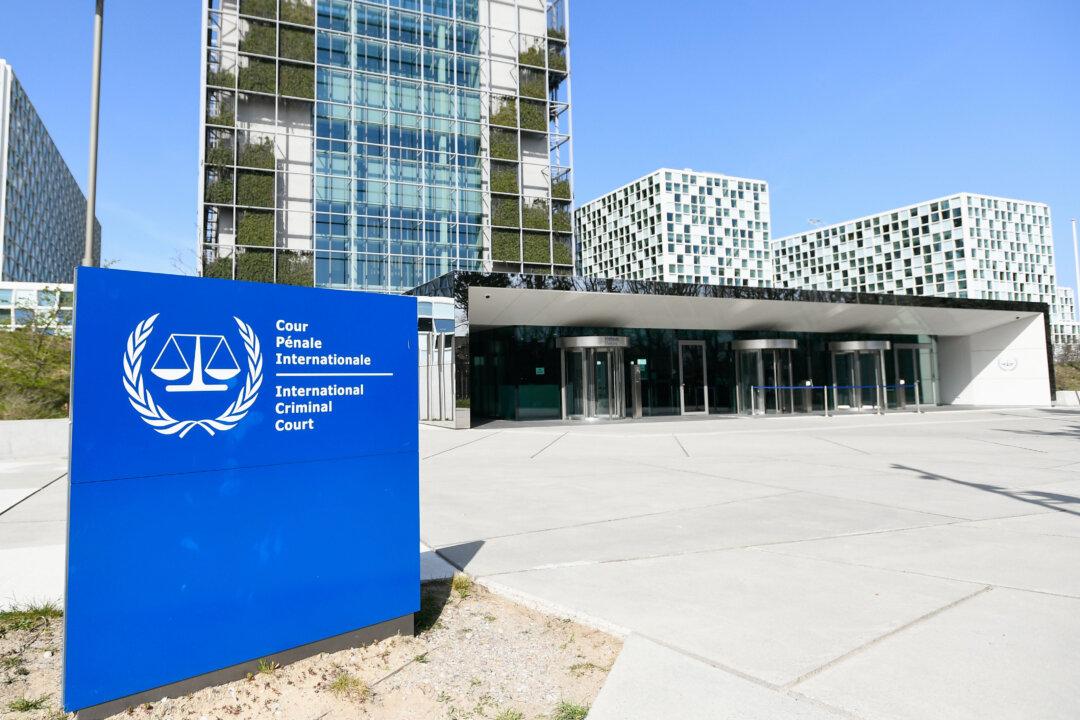The European Commission has released its Winter 2022 Economic Forecast for this year and the next, predicting a slower pace of growth when compared to 2021 due to high energy costs, supply chain issues, and the disruptions from COVID-19.
Last year, the European Union’s (EU) economy expanded by 5.3 percent. For 2022, the commission expects growth to fall to around 4 percent, declining further to 2.8 percent in 2023, according to a Feb. 10 Economic Forecast press release. The EU reached its pre-pandemic GDP level in the third quarter of 2021. By the end of 2022, all member states are expected to have passed this milestone.





